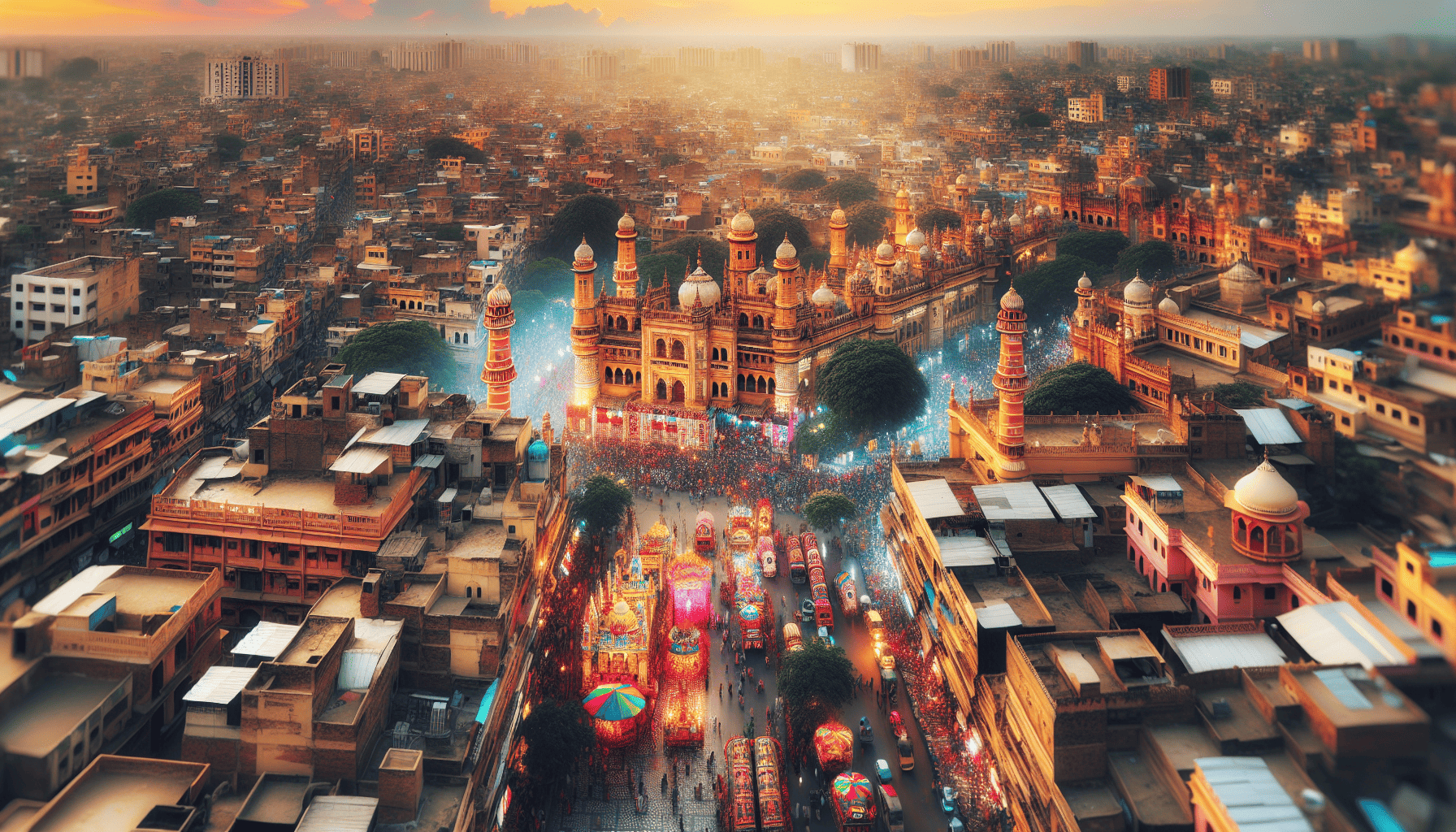India, a land of diverse cultures and rich traditions, boasts a tapestry of vibrant cities, each serving as a distinct cultural capital in its own right. These cities, with their unique blend of history, art, music, and lifestyle, provide an immersive experience into the essence of what makes India truly incredible. Let's embark on a journey through some of these cultural capitals that capture India's spirit so beautifully.
Varanasi: The Spiritual Heartbeat
Varanasi, also known as Benares or Kashi, is the spiritual capital of India. Situated by the sacred River Ganges, this ancient city is a living museum of religious practices that go back thousands of years. Wandering along the ghats as the sun rises is a deeply moving experience; here, pilgrims come to wash away their sins. The Kashi Vishwanath Temple is an iconic feature, representing the city's rich spiritual heritage. The evening Ganga Aarti, a mesmerizing ritual of lights and chants, leaves a lasting impression on all who witness it.
Jaipur: The Royal Heritage
Often referred to as the Pink City due to its rose-colored buildings, Jaipur is the capital of India's largest state, Rajasthan. This city is a vibrant blend of the old and the new. Its royal past lingers in its grand palaces, forts, and Havelis. The City Palace, Hawa Mahal, and the majestic Amber Fort are architectural marvels exemplifying the opulence of the Rajput era. Jaipur is also famed for its traditional crafts, including block printing, pottery, and jewelry making, offering a glimpse into the region's artisan spirit.
Kolkata: The Intellectual Epicenter
Kolkata (formerly Calcutta) is often hailed as the cultural capital of India due to its rich literary, artistic, and revolutionary heritage. Home to Nobel laureates Rabindranath Tagore and Amartya Sen, the city's intellectual atmosphere is palpable. The annual Kolkata Book Fair and the prestigious Rabindra Sangeet music tradition draw enthusiasts from around the globe. Add to this the grandeur of the Durga Puja festival, where art and spirituality unite, transforming the city into a vibrant canvas of creativity and devotion.
Chennai: The Artistic Hub
Chennai, with its classical traditions and modern hubbub, serves as the cultural capital of South India. Known for its Carnatic music and Bharatanatyam dance forms, the city hums with artistic vitality. The Margazhi Music and Dance Festival, held annually, attracts performers and audiences worldwide. Chennai also boasts the historic Marina Beach and the ancient Kapaleeshwarar Temple, embodying the city's seamless blend of cultural depth and scenic beauty.
Mumbai: The Cosmopolitan Melting Pot
Mumbai, India's western coastal gem, is a bustling cultural cauldron. Home to the Hindi film industry, Bollywood, the city is a creative powerhouse where dreams take flight. Mumbai's vibrant theater scene, street art, and eclectic blend of music genres capture the multicultural ethos of modern India. Furthermore, the city's historic landmarks like the Gateway of India, the Elephanta Caves, and the Chhatrapati Shivaji Maharaj Terminus add layers of history and charm.
Conclusion
These cultural capitals of India, each distinct in its offerings, represent the diversity and richness that define this subcontinent. Whether it's through ancient traditions, royal grandeur, intellectual pursuits, or vibrant arts, these cities offer a gateway into the heart of India’s multifaceted culture. Embarking on this journey through India’s cultural capitals promises endless discoveries and a deeper appreciation of a civilization that continues to inspire and amaze the world.
